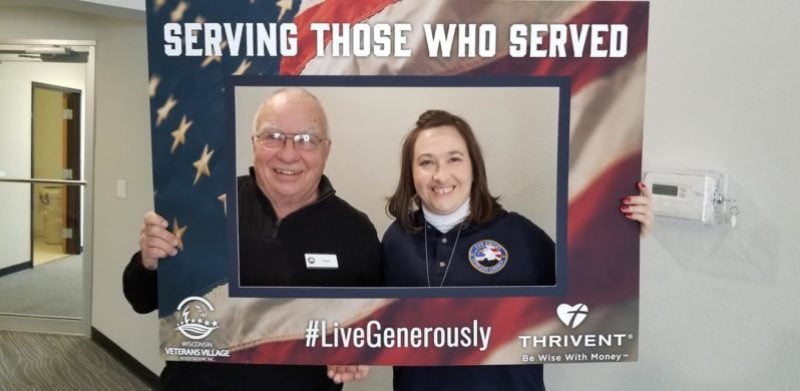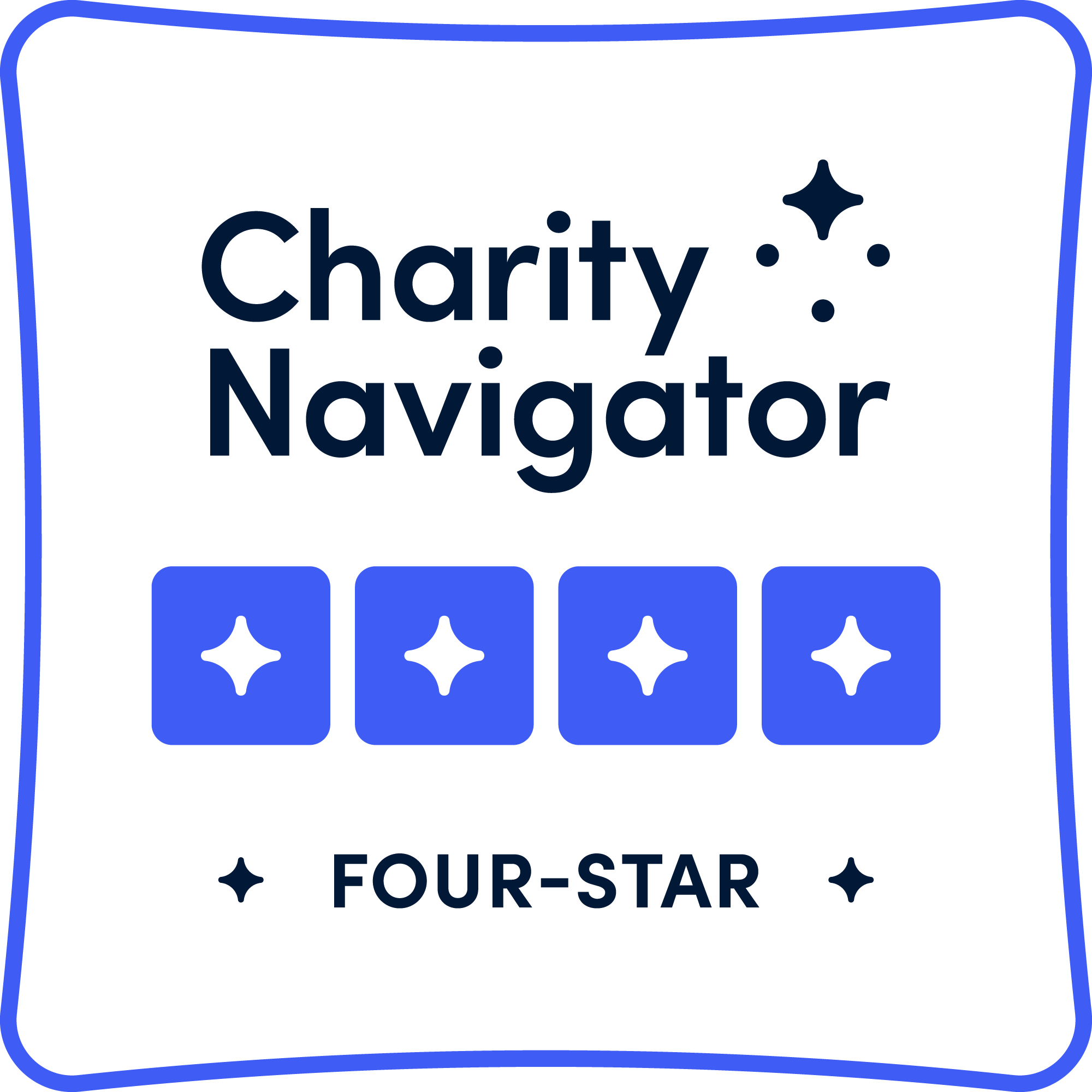Collaborative Journeys: Fox Valley Veterans Council

As of November 1, 2020, National Veterans Intermediary (NVI) is called the Local Partner Network. Older content may reference our original name.
Our Local Partners are eager for insights and best practices that they can use to better serve veterans. Whether they’ve been collaborating for 6 months or 20 years, each community likely has lessons to share with other veteran-serving collaboratives. Lately, we’re focused on capturing what our Local Partners have learned so that we can share their knowledge and experience with others.
“…Without you we would have been homeless…Your generosity has inspired me to get involved with my fellow veterans and community to pay it forward.”
“I was out of options when my car broke down…I would have lost my job without your assistance.”
The impact of Fox Valley Veterans Council is perhaps best articulated through these messages of thanks from some of the of the Appleton, Wisconsin-area veterans and families they’ve served during the past decade. In that time, they’ve reached intentionally across sectors—business, nonprofit, and government—to build productive partnerships that help them meet the needs of the Fox Valley’s service members, veterans, caregivers, and their families.
We caught up with retired Army officer Jim Strong, the organization’s leader, to talk about Fox Valley Veterans Council’s collaborative journey, and what they’ve learned about serving their community’s veterans.
Thanks for taking the time to share some of your experience with other veteran-serving collaboratives! Before we dive into tactics, I’d like folks to learn a little bit more about you! What is your role at Fox Valley Veterans Council, and what brought you to this work?
I serve as President and Board Chair. I was asked by the original Council Leadership to join their Board before we became a 501(c)(3). I believe this is my way to continue the selfless service and servant leadership that I learned in my years as an Army officer.
Can you tell me how Fox Valley Veterans Council got its start? Was it a grassroots thing that grew, or was it very structured from the start? Who was “at the table” at the very beginning?
Fox Valley Veterans Council began as a group of veterans service organizations within northeast Wisconsin working together to design and create a veterans memorial for the Outagamie County Courthouse. Upon completion of that project in May 2009, it was determined that we would keep the group together and find a way to provide for service members’ and veterans’ basic needs. We organized as a 501(c)(3), recognizing that we would need community buy-in to generate the dollars needed to support this mission.
From your point of view, what are the greatest strengths (or drawbacks) tied to your nonprofit status, as opposed to an informal coalition or partnership?
The greatest strength we have as a 501(c)(3) is that we are partners and collaborators with the community. We have become a platform for community education and engagement regarding veterans’ needs beyond those provided as government benefits.
When you established the Fox Valley Veterans Council mission, I know it was important to you to be inclusive of all veterans. Why was that? And how has it impacted the way you serve veterans and fundraise?
From its very beginnings, the Council brought together veterans services organizations with different membership or eligibility criteria in order to serve all veterans regardless of period or type of service. This has allowed us to engage the community by serving the entire community of veterans.
When you started out, you were very intentional about learning how your community’s donors operate. How did you go about learning about prospective donors, and how did your findings affect your approach to fundraising?
We benefited from a veteran business member of the community who introduced us to the Community Foundation for the Fox Cities. After that introduction, we participated in their educational programs, such as “Navigating the Community Foundation” and “How to Write a Compelling Grant.” We were connected with donor-directed funds concerned about veterans and the basic needs of the community. We learned that it’s important to tell the story of how helping veterans helps the community.
What are some of the avenues you use to tell those stories as you engage and educate the community? And how do you make the connection for people who might not already be involved with veterans’ issues?
We maintain a website and Facebook page that we update with news affecting veterans as well as the community. We maintain memberships with the Fox Cities Housing Coalition, Wisconsin Veterans Village Association, Habitat for Humanity, and Pillars to end homelessness and provide temporary and long-term housing solutions. Stories of our successes have been shared in the media: radio, TV and online. We also engage with State, County and City officials to ensure the story of our veterans is told and kept in the forefront of their concerns.
To learn more about Fox Valley Veterans Council’s mission, visit their website and connect with them on Facebook.









